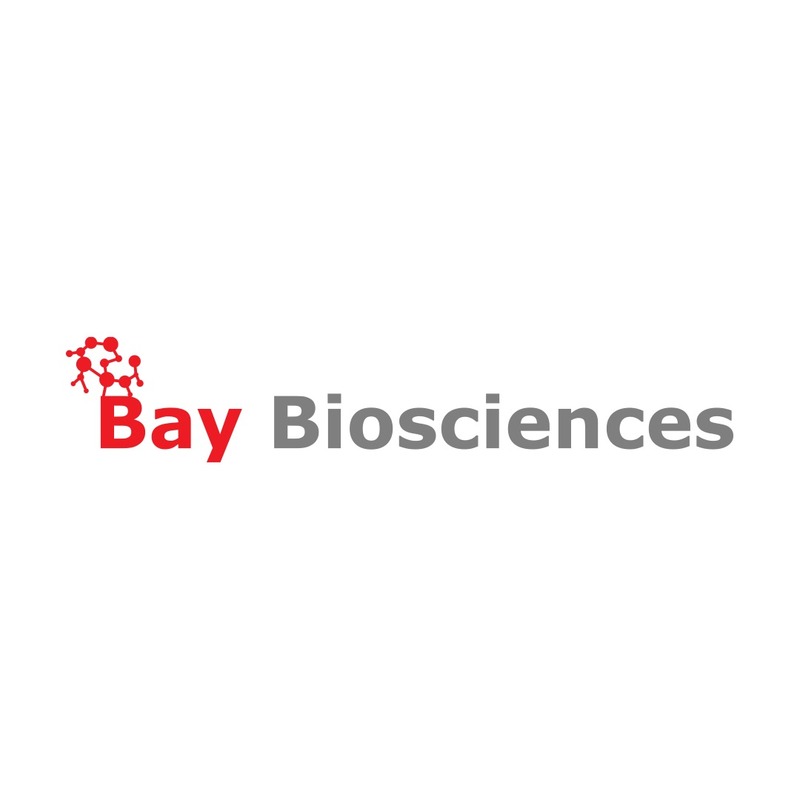Articles
How Human Serum Samples are Transforming Sarcoidosis Biomarker Discovery

Share article
Sarcoidosis remains one of the most complex and poorly understood inflammatory diseases, characterized by the formation of granulomas in various organs, most often the lungs and lymph nodes. Despite decades of research, its diagnosis and treatment continue to challenge clinicians and researchers alike. Traditional diagnostic methods rely heavily on invasive tissue biopsies and non-specific clinical indicators. However, a significant paradigm shift is underway in Sarcoidosis Research, as human serum samples emerge as powerful tools for identifying novel biomarkers, refining diagnostic accuracy, and accelerating therapeutic development.
Human Serum Samples: A Window into Disease Mechanisms
Among various biospecimen types, human serum samples have proven invaluable in exploring the biological landscape of sarcoidosis. Serum, the clear component of blood that remains after clotting, contains thousands of proteins, cytokines, metabolites, and antibodies that reflect real-time physiological and pathological conditions.
In Sarcoidosis Research, these samples offer a non-invasive, easily accessible source of data for high-throughput proteomic and metabolomic analyses. By examining serum profiles from sarcoidosis patients versus healthy controls, researchers can identify molecular signatures associated with immune dysregulation, inflammation, and fibrosis the hallmarks of this complex disease.
Recent studies have shown that serum biomarkers such as angiotensin-converting enzyme (ACE), soluble interleukin-2 receptor (sIL-2R), and neopterin play significant roles in monitoring sarcoidosis activity. While these are traditional markers, ongoing research using advanced analytical tools like mass spectrometry and multiplex immunoassays is uncovering a broader range of potential candidates.
Non-Invasive Monitoring and Longitudinal Insights
One of the most significant advantages of using human serum samples in Sarcoidosis Biomarker Discovery is their suitability for longitudinal studies. Unlike tissue biopsies, serum samples can be collected repeatedly over time, allowing continuous monitoring of disease progression or remission.
This repeatable and minimally invasive approach provides a dynamic view of patient health and enables researchers to track how biomarkers evolve with treatment interventions. It also enhances patient compliance and facilitates long-term follow-ups, a critical aspect for understanding chronic diseases like sarcoidosis.
Conclusion
The growing reliance on human serum samples marks a transformative moment in Sarcoidosis Biomarker Discovery. What once relied on invasive and uncertain methods is now evolving into a more precise, data-driven process rooted in advanced bioanalytical techniques. Through collaborative research and technological innovation, serum-based investigations are redefining how we detect, monitor, and treat sarcoidosis.
As the field advances, these efforts will not only unlock new therapeutic targets but also bring us closer to a future where sarcoidosis diagnosis and management are guided by accurate, personalized, and minimally invasive biomarker insights.
Advertisement

